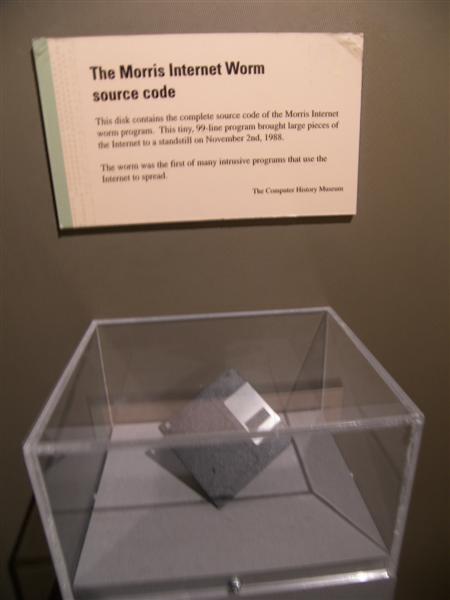November 7, 2017
Advancing the Internet of Things in Rural America
U.S. Sen. Roger Wicker (R-Miss.), chairman of the Subcommittee on Communications, Technology, Innovation, and the Internet, will convene a hearing titled "Advancing the Internet of Things in Rural America," at 10:00 a.m. on Tuesday, November 7, 2017. The hearing will examine the use and benefits of the Internet of Things (IoT) in rural communities, and the infrastructure needs necessary to advance the IoT market to ensure rural America has access to products and devices that are driving the digital economy.
Witnesses:
- Mr. Michael Adcock, Executive Director, Telehealth Center University of Mississippi Medical Center, Jackson, Miss.
- Mr. David Armitage, Founder and CEO of Cartasite, Denver, Colo.
- Mr. Timothy Hassinger, President and CEO, Lindsay Corporation, Omaha, Neb.
- Mr. Michael Terzich, Chief Administrative Officer, Zebra Technologies, Lincolnshire, Ill.
Hearing Details:
Tuesday, November 7, 2017
10:00 a.m.
Subcommittee on Communications, Technology, Innovation, and the Internet
This hearing will take place in Russell Senate Office Building, Room 253. Witness testimony, opening statements, and a live video of the hearing will be available on www.commerce.senate.gov.
